Summer is the busiest point in the life cycle for our red mason bees. After emerging and mating in the spring, the mothers spend the summer collecting pollen for their young. They compress this pollen into balls inside tubes, lay their egg on top then seal it away with a wall of mud. She then repeats this all the way down the tube, usually producing 8-10 offspring per tube.
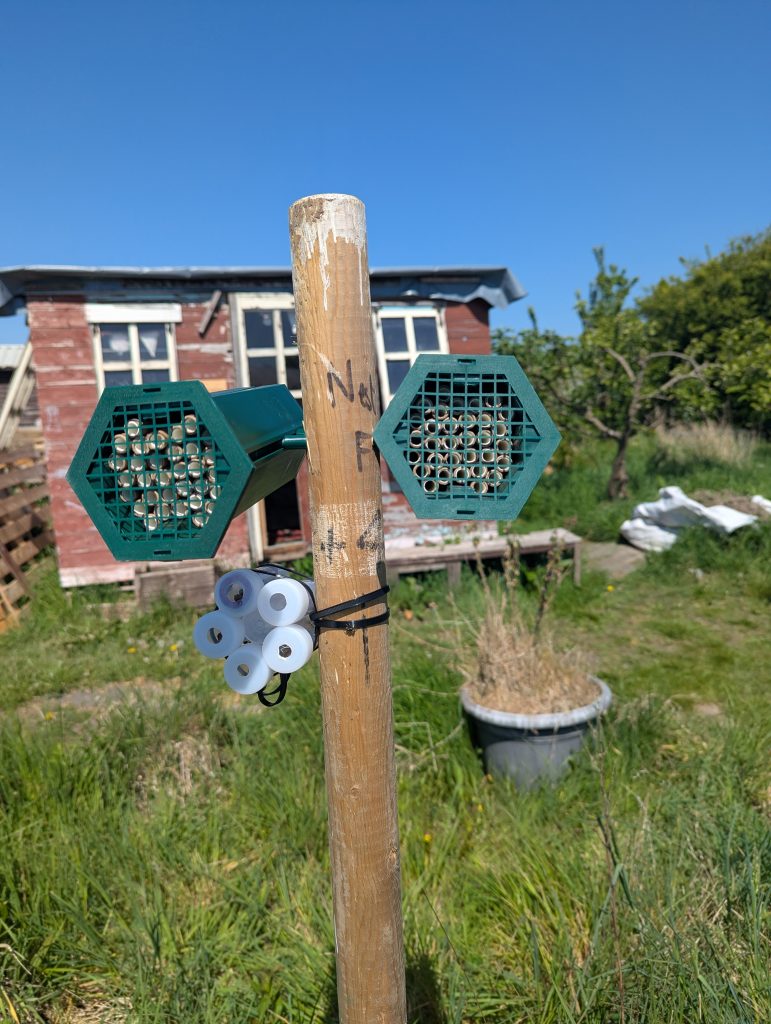
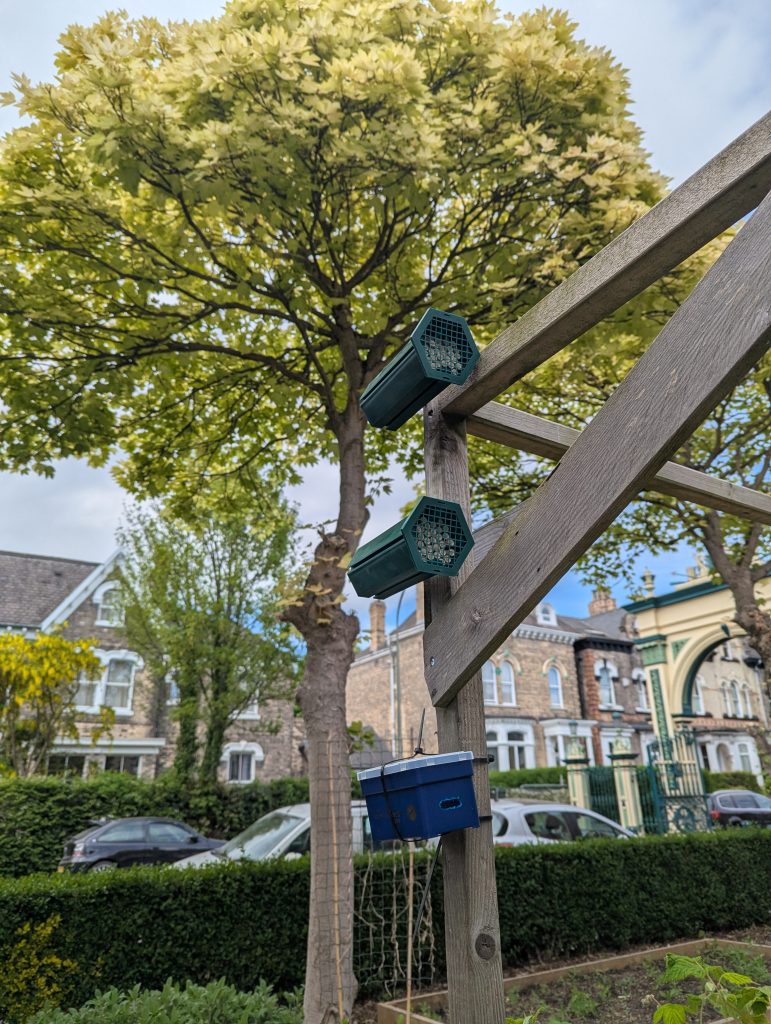
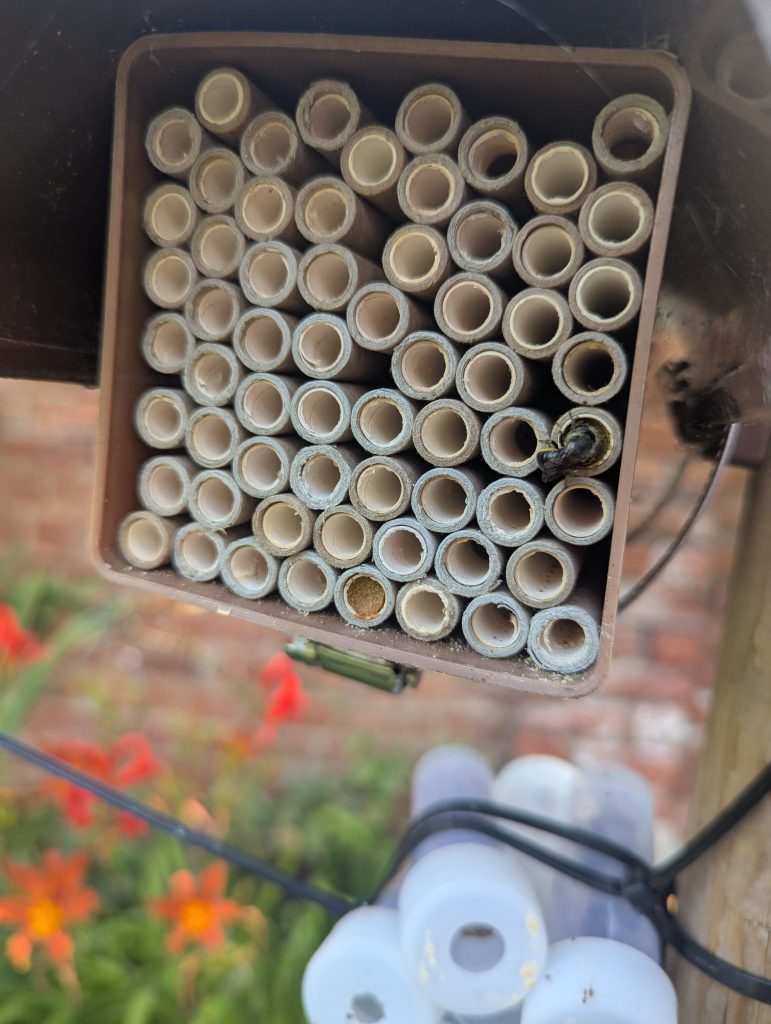
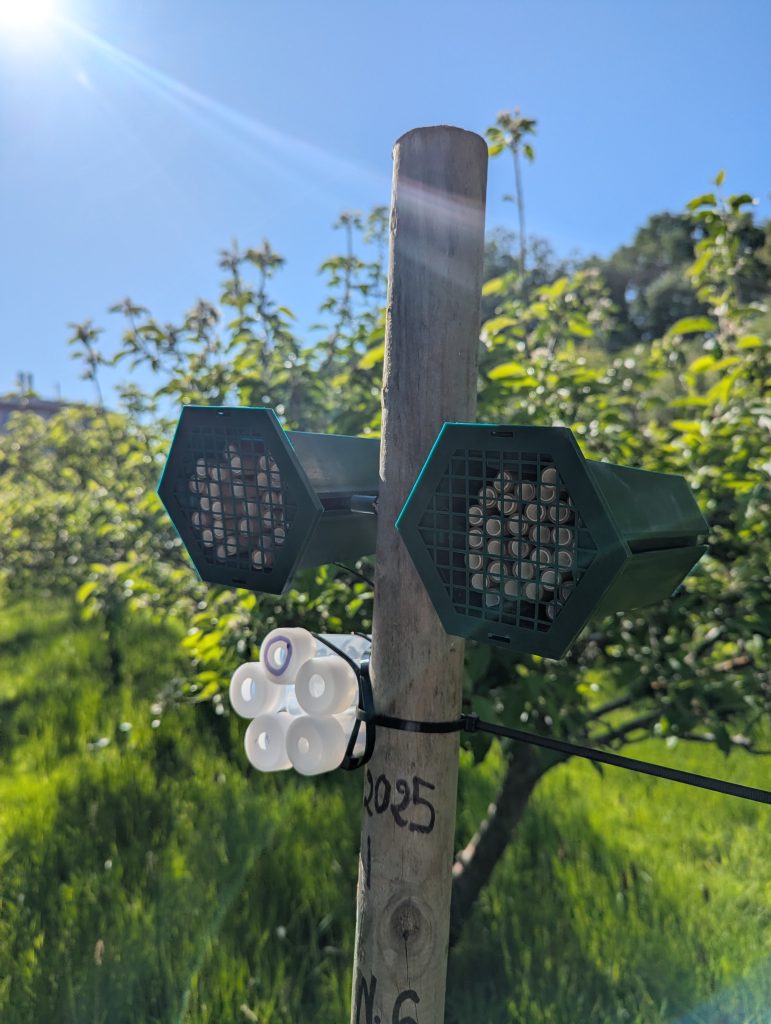
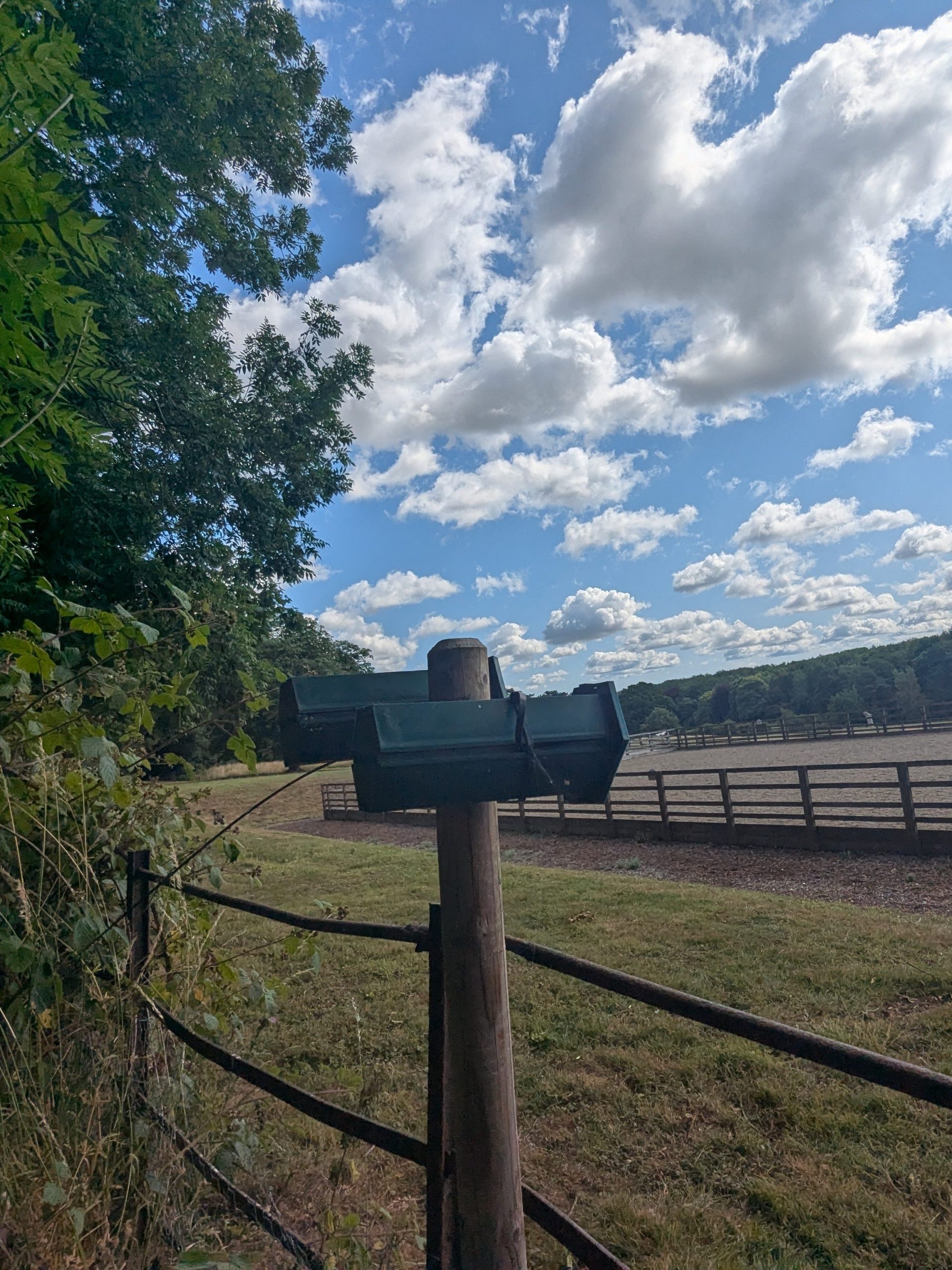
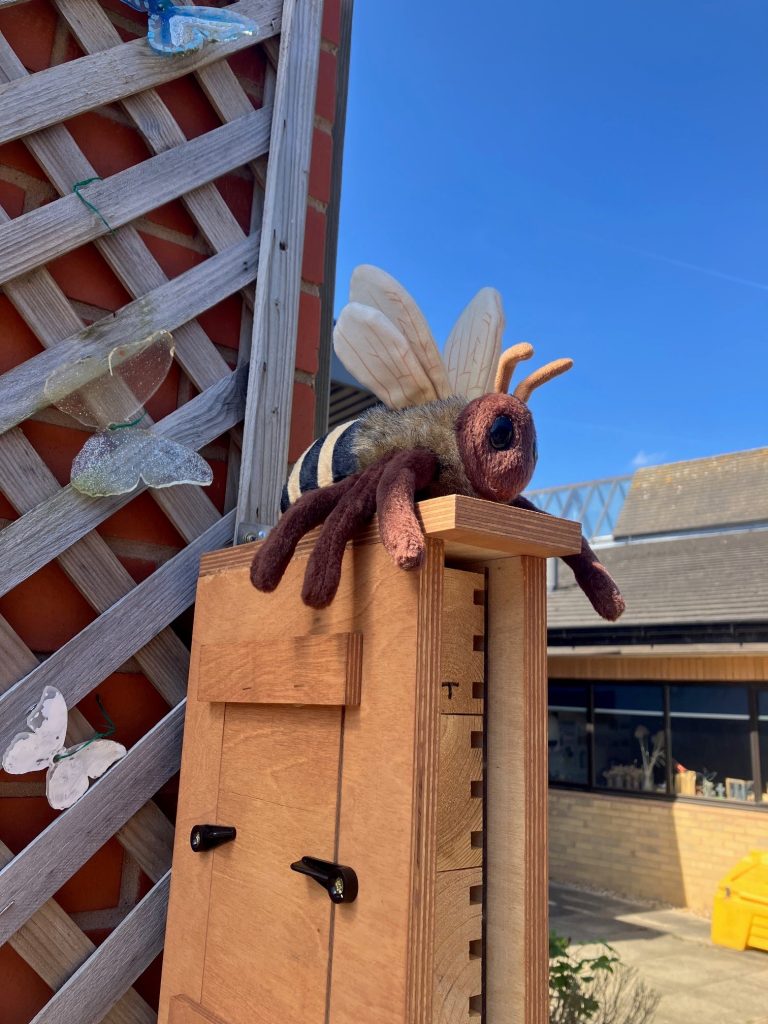
We released approximately 1400 bees all across the Hull area with our wonderful bee guardians (shown above from left to right): No Dig Community Allotments, Pearson Park Community Gardens, Thwaite Botanical Gardens, Pickering Road Community Orchard, Bishop Burton College, and Wilberforce College. Our current estimates show hat these bees have produced approximately 3000 offspring, which is a major boost for pollination in the local area! Approximately 500 of these eggs have gone into our BBRSC-funded experiment this year and around 200 have gone into Jamie’s PhD experiment. We have processed almost 700 of the remaining bees, but there are still 199 tubes filled with bees to process! The bees that have not gone into the experiments will be cared for over the winter then released in the spring next year.
To care for bees over the winter is very simple, and involves gently cleaning any faeces and leftover pollen from the cocoons, and storing them in an outdoor brick building over the winter. This is much better than a fridge as it is a frost-free environment that follows natural temperature patterns. Our bees should be moving into an outdoor building very soon, but we still have some larvae from the experiment that haven’t started spinning their cocoons yet!
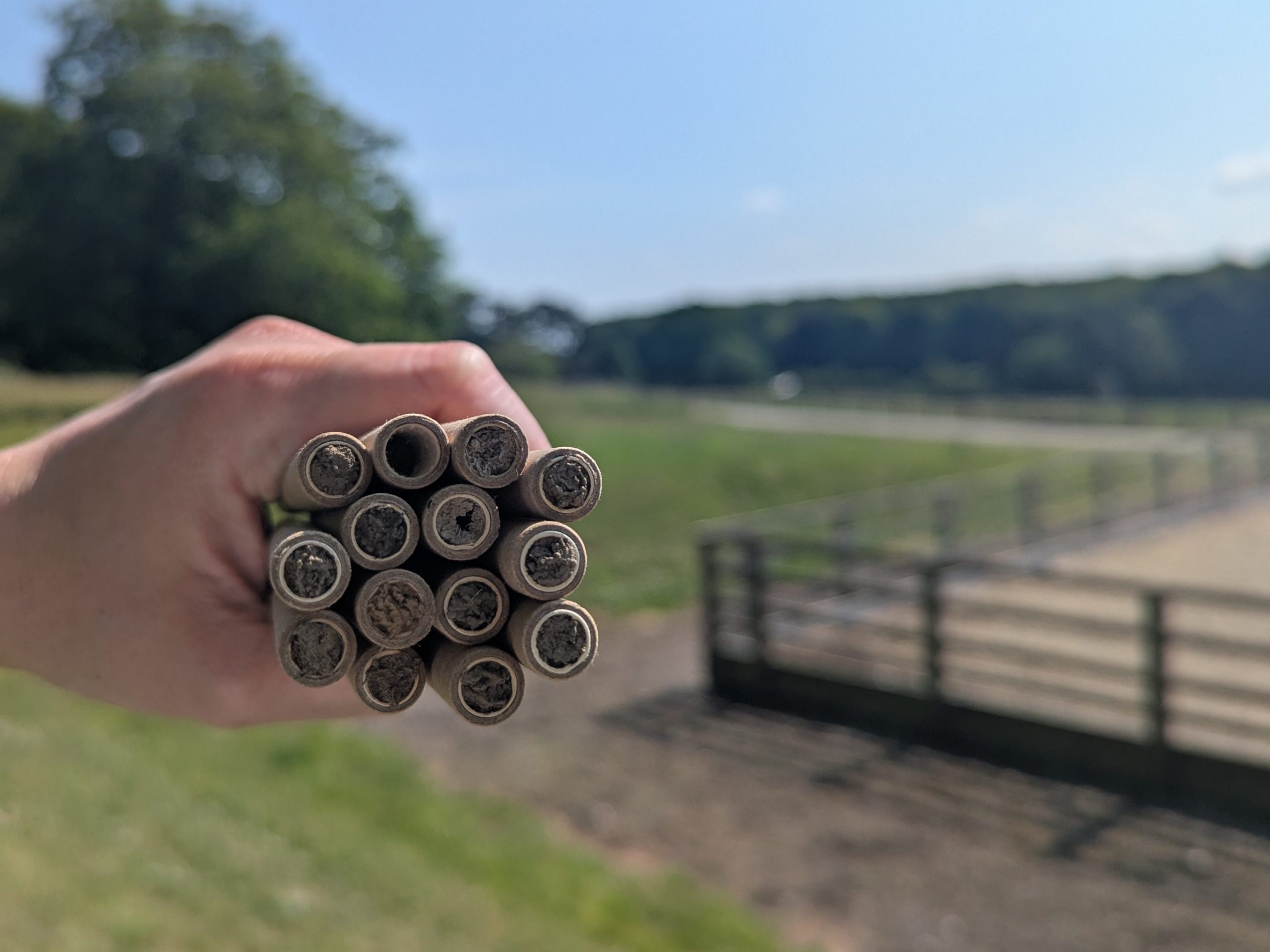
Both the BBRSC and PhD experiments involve gently transferring the eggs onto an artificial pollen diet in the lab. These diets cover a range of macro-nutrient ratios, and different dilutions. This mimics the wide range of nutritional compositions within pollen in the wild. These were also raised in temperature and humidity controlled chambers that simulated our current climate, and a future climate due to global warming. The purpose of this is to monitor their survival and development, to predict how well they will survive in the future, and whether their optimum diet changes. These experiments have been very successful so far, so keep your eyes peeled for some results that should start coming through soon!
